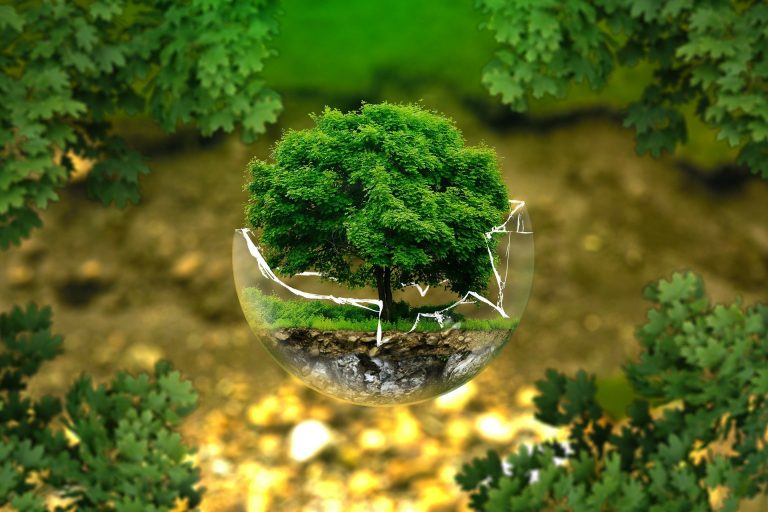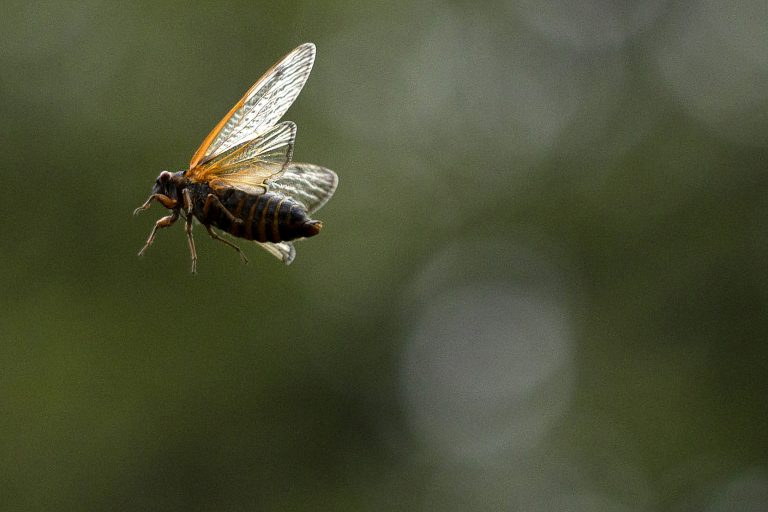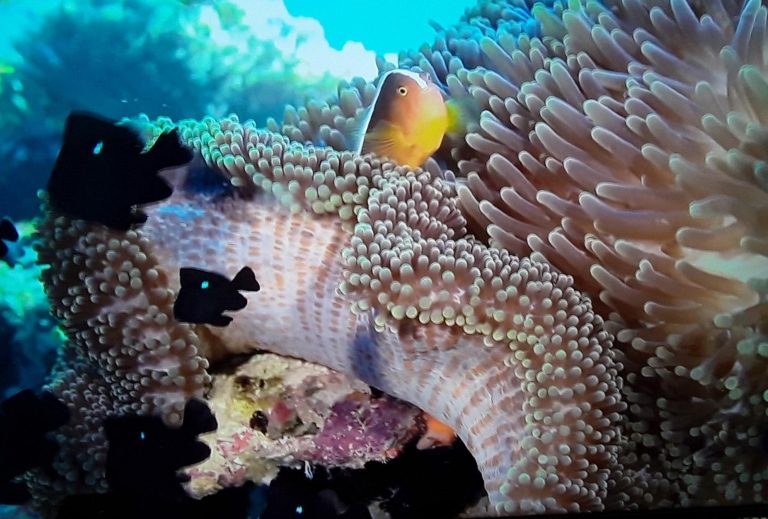As much as 21 percent of all land on Earth is ecologically intact due to the conservation practices of indigenous people and local communities that inhabit these areas, according to the 2021 report by ICCA, an Indigenous Rights Organization. The modern conservation mentality falls short in failing to recognize that the earth depends on its indigenous communities; it does not need to be protected from them.
If protected areas overseen by different national efforts amount to 14 percent of the global territory, as per the ICCA report mentioned above, then indigenous and local communities conserve ecosystems at a rate of 50 percent more than national parks and nature sanctuaries.
A biodiversity study showed that indigenous-managed lands biodiversity equaled — and often exceeded — that of protected areas in Australia, Brazil and Canada; while other research found that the loss rate of Intact Forest Landscapes are significantly lower on indigenous peoples’ territories than on other lands.
Indigenous peoples’ role in conservation
A territory is said to be occupied in a traditional way if a population has inhabited and interacted with its environment for at least several centuries. The ICCA estimates that about 32 percent of the global land is occupied in this way. But what is the criteria for these areas to be considered “in good ecological condition” by the UN’s World Conservation Monitoring Center?
Indigenous cultures have always been characterized by rich traditions and culture. Although each community is unique, they generally share a common belief based on man’s oneness with nature, in which the environment is sacred and humanity is naturally part of it.
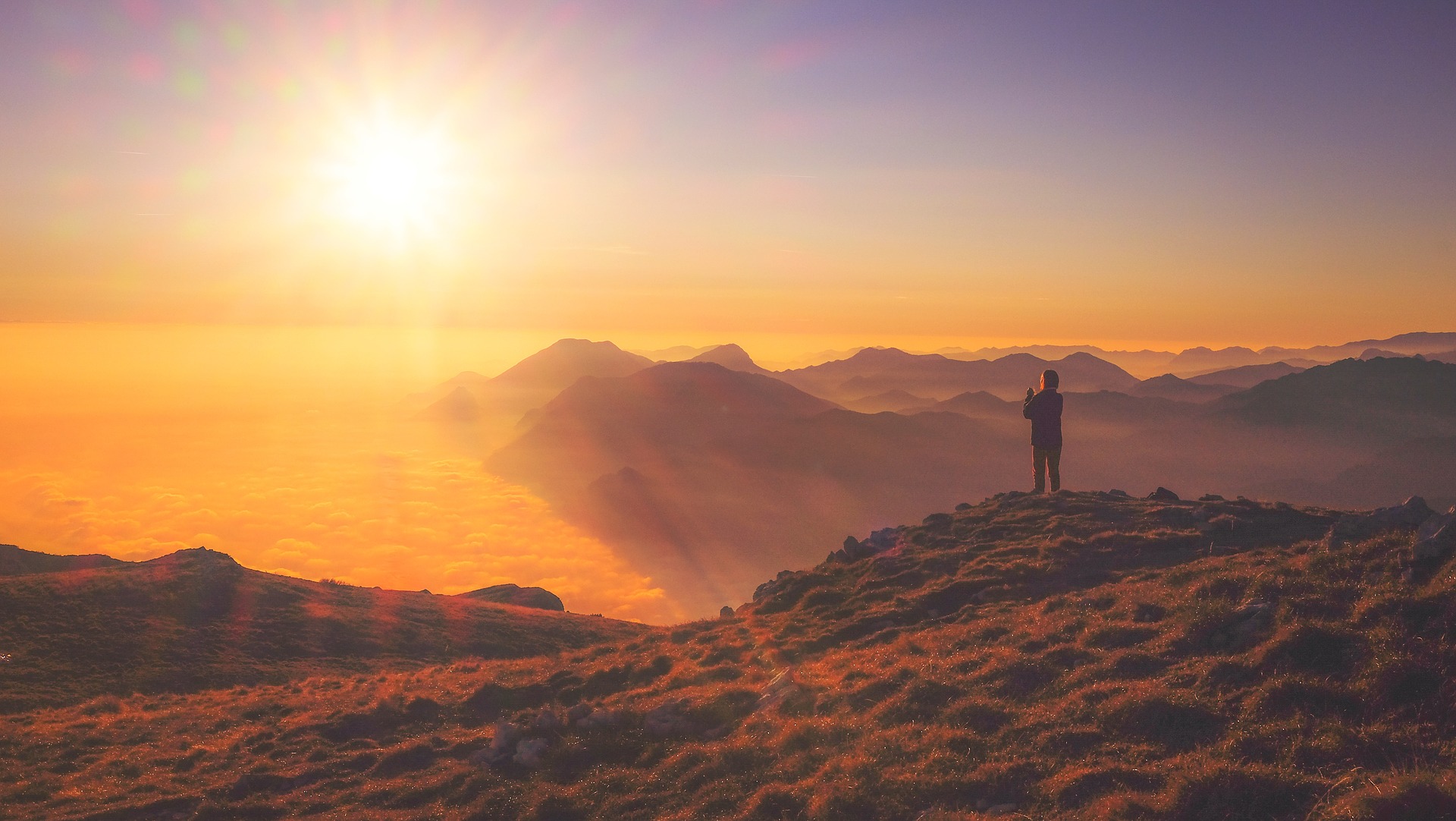
In their daily activities, Indigenous people ensure balance with the environment so that it may continue to provide them with the water, food, shelter and the medicines they need to survive. These practices that have been passed down in the form of traditional knowledge.
The Awá tribe in Brazil can distinguish 31 species of honey bees. In fact, protecting bees is one of their priorities. The natives understand that bees are essential for the pollination of plants, which promotes biodiversity of the ecosystem’s flora, and ensures food sources for both humans and animals.
Success
You are now signed up for our newsletter
Success
Check your email to complete sign up
To preserve the biodiversity of an ecosystem, indigenous and local communities have long used controlled fires and grazing to regulate crop rotation and restrain the growth of invasive species.

This is popular among the Solegas from India, who use the litter fire regime to prevent the invasive plant Lantana camara from overtaking other, native plants and becoming a hazard to animals.
Everything in moderation
While most aboriginal communities hunt for survival, they perform this practice in a sustainable way. Members of the Baka tribe in Cameroon and Gabon never hunt young animals, enabling the species to reproduce.
Communities such as the San group in Southern Africa hunt for animals using handmade weapons – mainly a bow with poisoned arrows. According to Robert K. Hitchcock, a research professor at the University of New Mexico, a tribe member who has been successful several times consecutively, will stop hunting for a period of time.
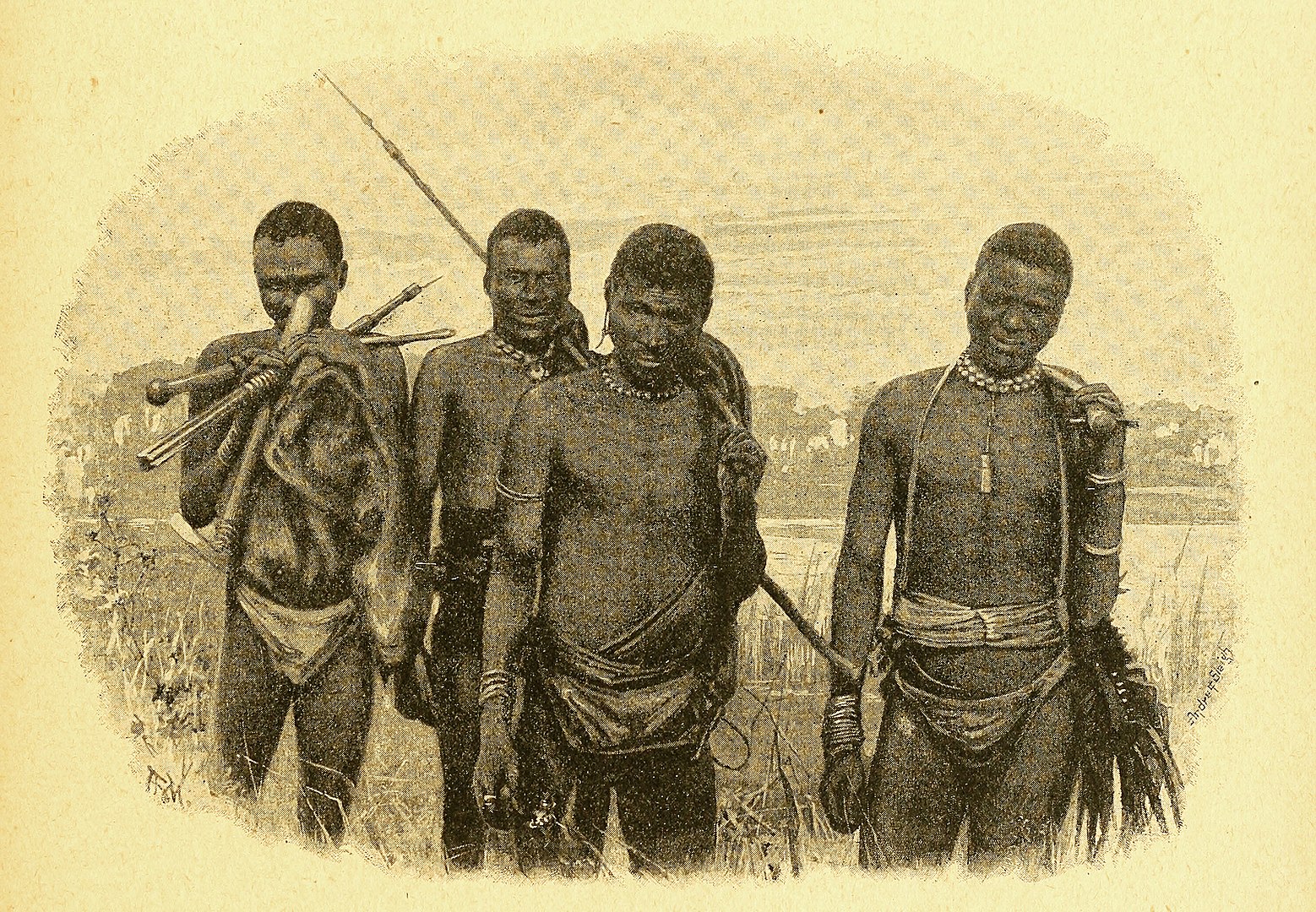
Similarly, if an individual is thought to be overhunting, the issue is usually brought up in the community and addressed as part of what the San people call their “conservation ethic.”
Trees are also used, but not-exploited. When the Yanomami people occupy a territory, they often use up palm trees to roof the tribe’s houses with their leaves. Other trees are also cut down as a source of timber. When indigenous groups know that an area has provided resources to its full capacity, however, they move to other territories, allowing the ecosystem to recover.
Research has shown that indigenous management reduces deforestation more effectively than officially “protecting” the land. In Latin America, for example, indigenous management was found to be almost twice as effective as any other form of conservation, with the situation being similar in Africa.
Where does the modern conservation mentality fall short?
According to environmental journalist Michelle Nijhuis, the modern conservation movement was built on the wrong idea. In her article, Nijhuis explains that human’s impact on the environment is not a recent phenomenon, but instead, a natural process that has been taking place for thousands of years.
Written records reveal that human beings have been altering the environment since ancient times. The domestication and propagation of various species of flora and fauna, as well as the extinction of species due to mass hunting, are examples of human transformation of ecology, which resulted in the ecosystem that modern man has come to know during the last centuries.

Hence, Nijhuis points out that “there is no such thing as pristine nature,” implying that the idea of an ecosystem untouched by humans is idealistic. “‘Pristine’ landscapes simply do not exist and, in most cases, have not existed for millennia.” Today’s environmentalism is like a nostalgic pipe-dream for a human-free state that has long ceased to exist.
Environmentalist ideals are thus at odds with the presence of indigenous communities in ecologically intact zones. Based on the premise that preserving the environment means protecting it from humans, conservationists often promote the eviction of indigenous and local communities, without recognizing the significant role they play in the protection of the environment.
READ ALSO:
- The Solega People – An Indigenous Tribe that Coexists With Tigers
- Important Lessons in Traditional Values from Indigenous Peoples
- The Sami Way of Resilient Parenting
Although human influence on the biosphere has been a natural phenomena throughout history, the impact of modern society on the ecosystem is considerably greater than that of prehistoric humans. “What we see today is truly monumental,” said Nijhuis.
Returning to traditional practices of conservation, with humans coexisting with, and caring for nature; along with curbing our growing material demands that are taxing our planet beyond capacity, may be a more “environmental” approach to environmentalism.
The danger of expanding conservation areas
In 2020, the 30 by 30 initiative was launched worldwide, with more than 70 nations committing to designate 30% of Earth’s land and ocean as protected areas by 2030. However, with new research pointing to the low effectiveness of protected areas and its explicit stance on indigenous presence in intact ecosystems, the initiative has become a cause for concern.
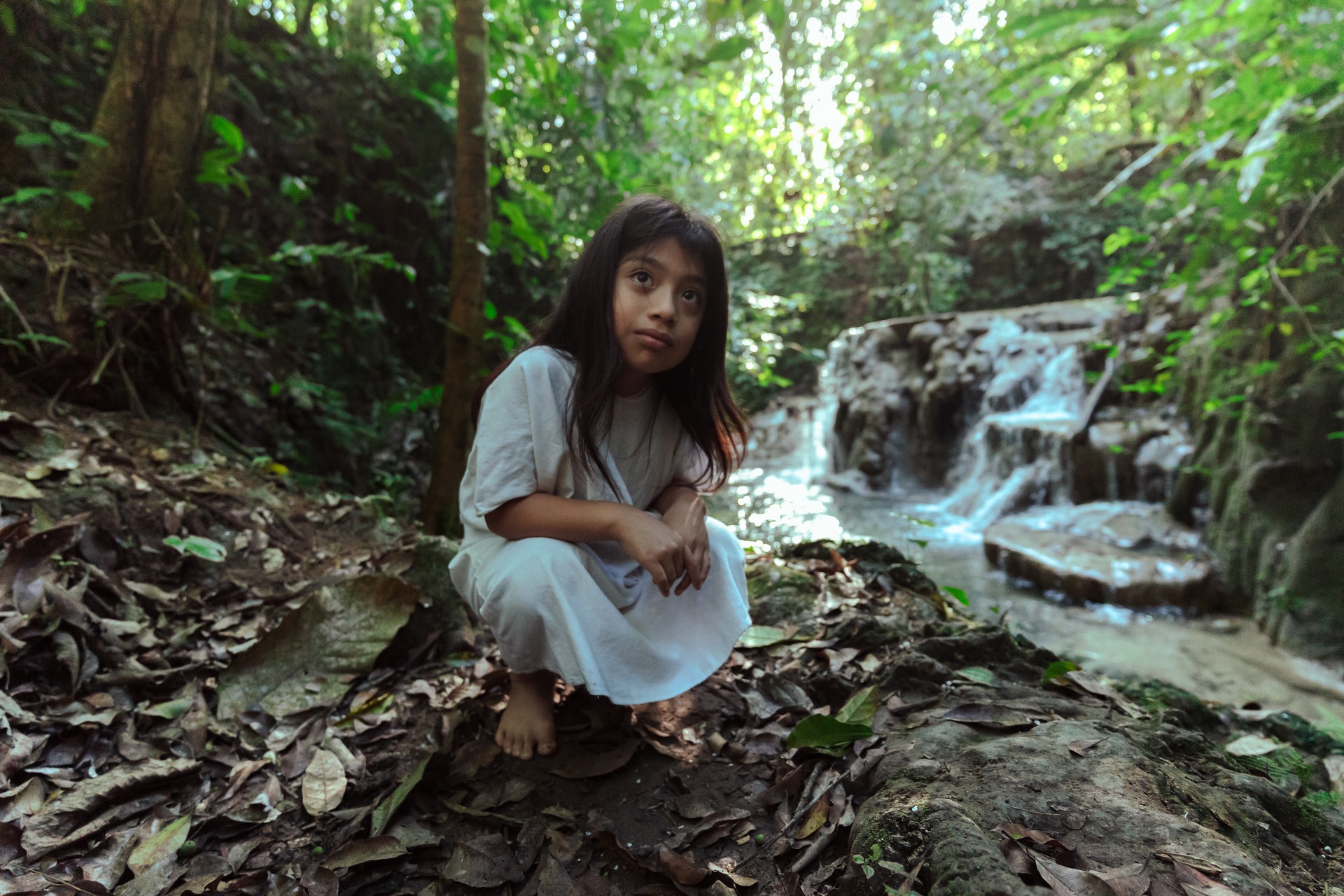
Estimates indicate that 10 million people in developing nations have been forced to relocate in order to establish protected areas. By criminalizing hunting, fishing and traditional indigenous practices such as induced fires; government policies threaten not only the survival of indigenous communities, but also the delicate environmental equilibrium that these groups have long maintained through generational efforts.
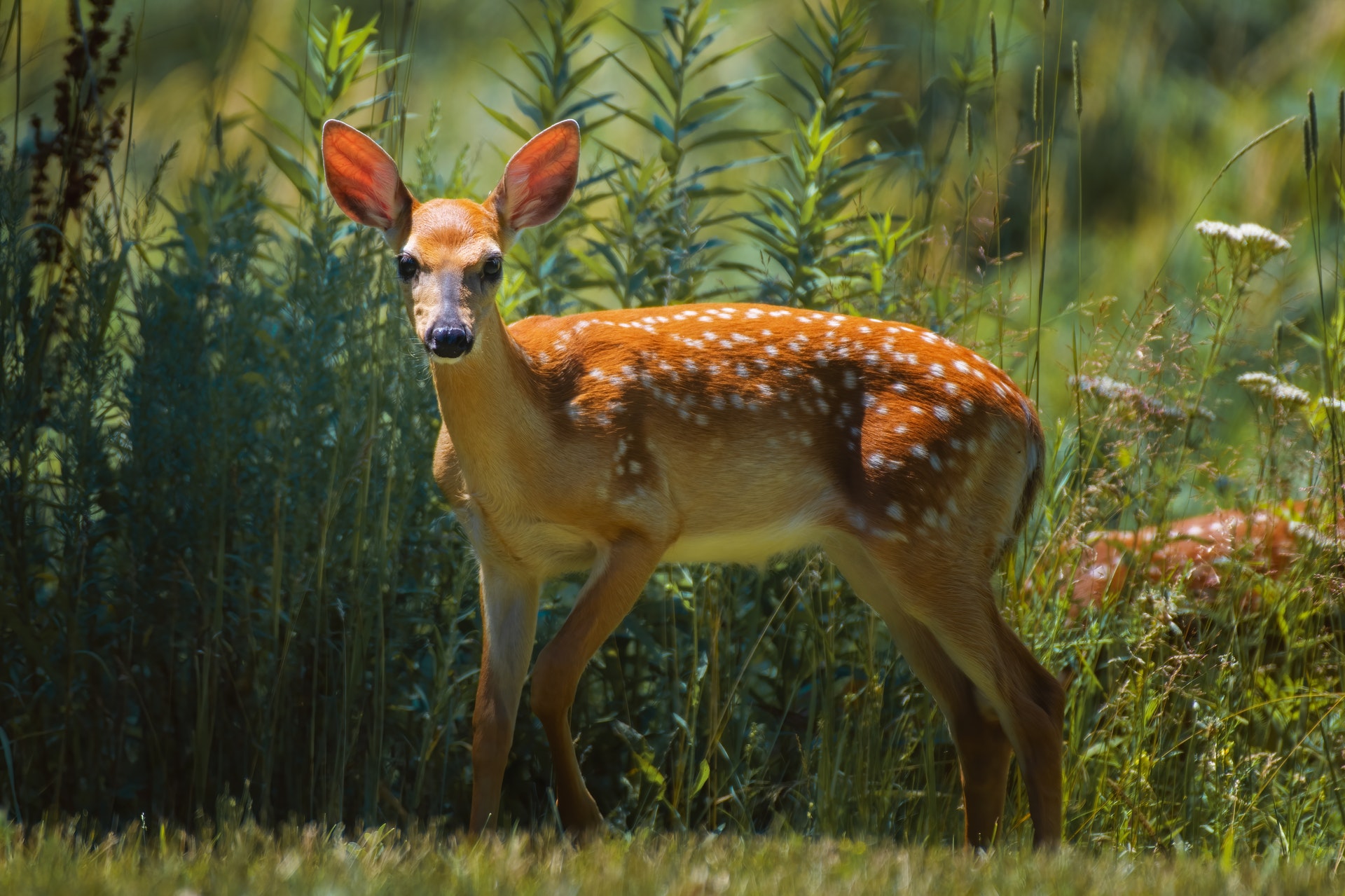
While the controversy continues, some countries have started to consider the possibility of indigenous and community-led conservation, acknowledging that the presence of these groups only benefits the protection of the environment.
Since 2002, at least 14 countries have passed laws recognizing the rights of indigenous people to use and own their land. The general hope is that in years to come, indigenous traditional knowledge will be respected and recognized as an essential element of any conservation agenda.



